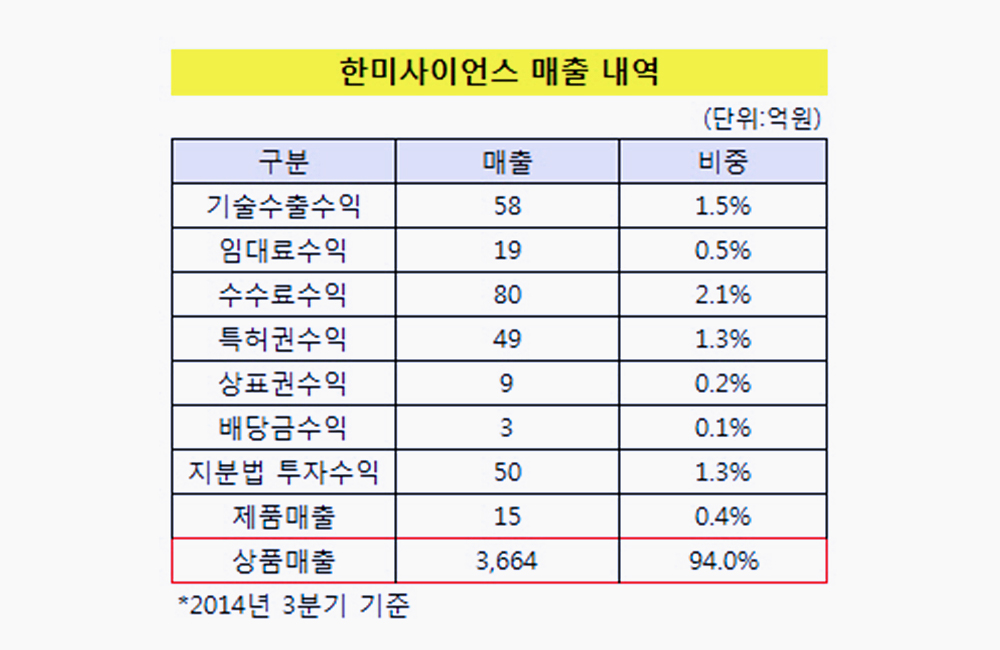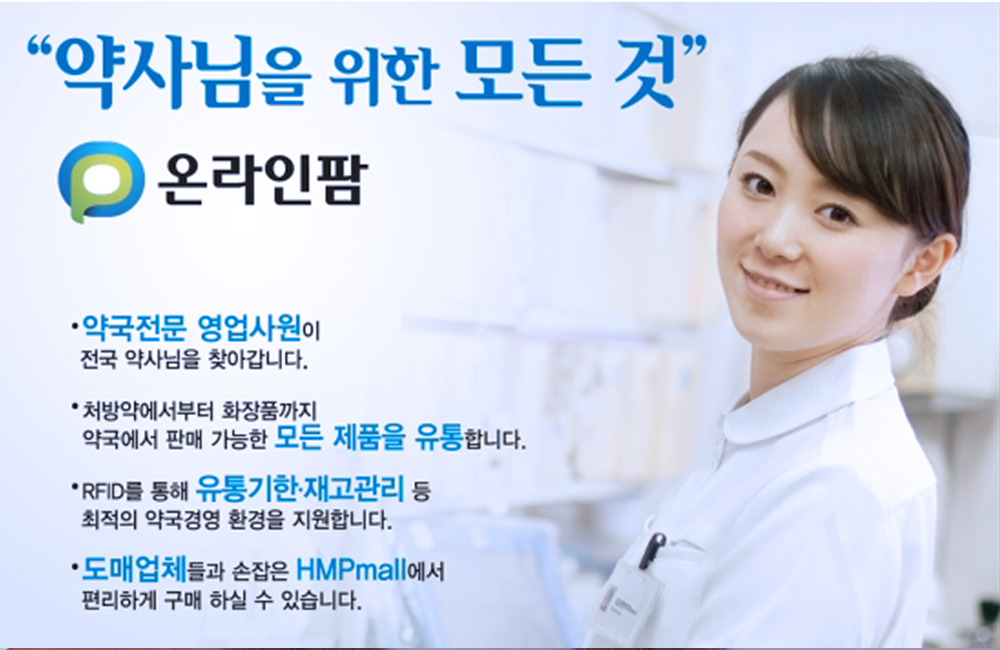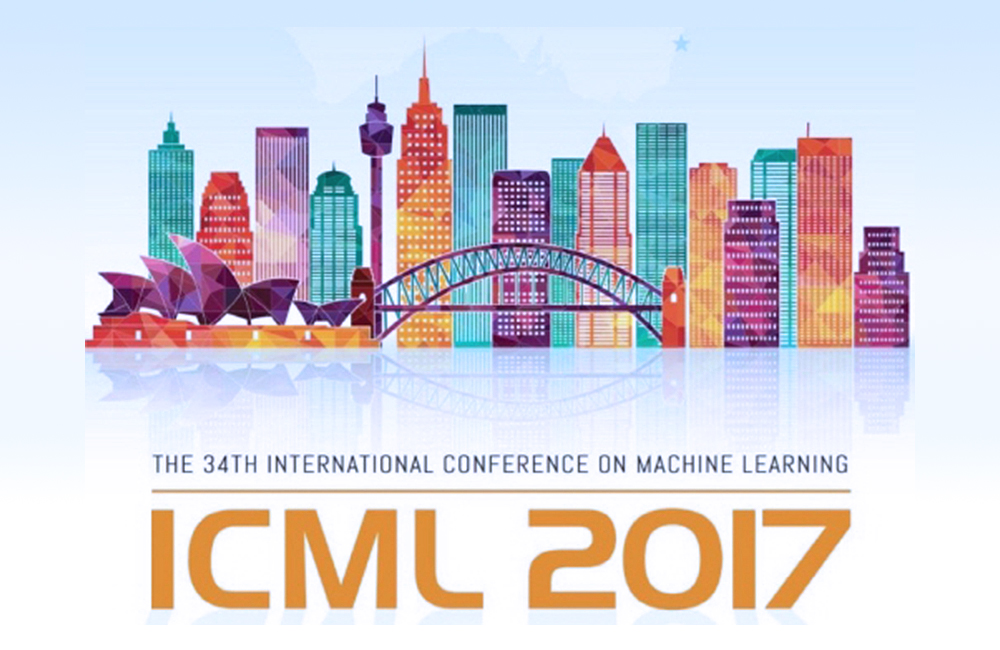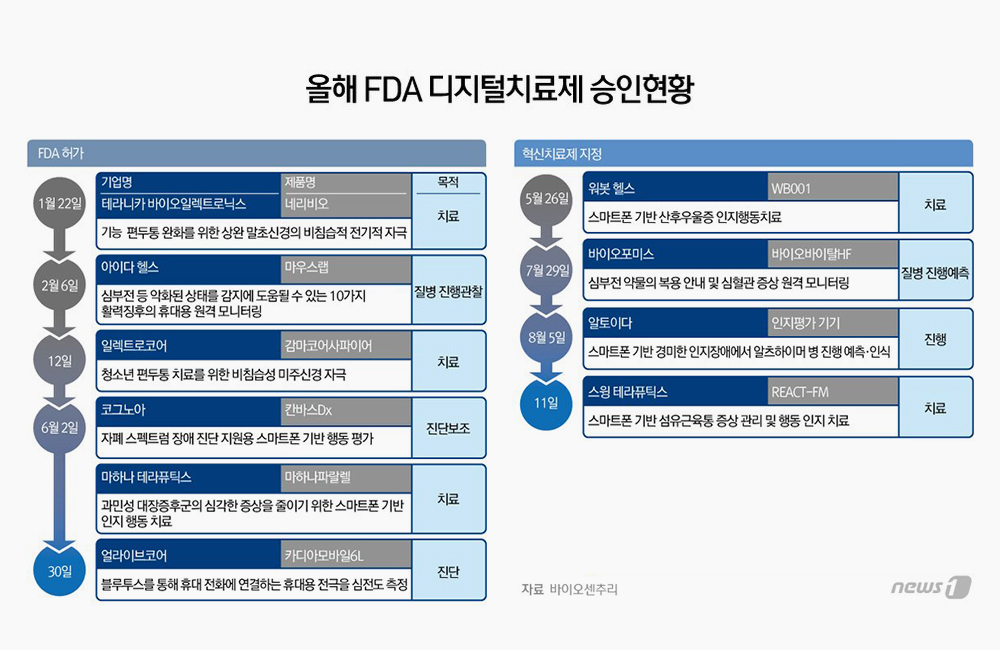The pharmaceutical industry has long relied on cutting edge technologies to help deliver safe, reliable drugs to market. With the recent pandemic, it’s proved more important than ever for pharmaceutical companies to get drugs and vaccines to market faster than ever before.
Artificial intelligence and machine learning have been playing a critical role in the pharmaceutical industry and consumer healthcare business. From augmented intelligence applications such as disease identification and diagnosis, helping identify patients for clinical trials, drug manufacturing, and predictive forecasting, these technologies have proven critical. On a recent episode of the AI Today podcast Subroto Mukherjee, who is Head of Innovation and Emerging Technology, Americas at GlaxoSmithkline Consumer Healthcare discussed how AI and ML are being applied to the pharmaceutical industry and some unique use cases for AI and ML technology. In this follow up interview he shares his insights in more detail.
How is AI currently being applied in the pharmaceutical industry?
Subroto Mukherjee: AL and ML have been critical in the pharmaceutical industry and consumer healthcare business. AI and ML are playing an important role during this pandemic, driven by COVID and the race to discover effective vaccines. The top-level uses in Pharma and Consumer Healthcare arena as follows:
• Disease Identification/Diagnosis – It can range from oncology to Covid to degeneration in the eyes.
• Digital Therapeutics / Personalized Treatment/Behavioral Modification – This can be effectively used to assist and identify individuals to provide early insight into the condition – such as gum condition, accurately classify cutaneous skin disorders, suggest primary treatment options with Over-the-counter medication, and serve as an ancillary tool to enhance the diagnostic accuracy of clinicians, or improve educational and clinical decisions made by your child's teacher, or your mental health professional or even your medical doctor.
• Drug Discovery and Manufacturing: It helps in the initial screening of drug compounds to the predicted success rate based on biological factors. Measuring RNA, DNA quickly. Precision medicine or next-generation sequencing helps in the faster discovery of drugs and tailored medication for individual patients.
• Predictive Forecasting – Predicting an epidemic is one of the key examples of this topic. ML and AI technologies are also being applied to monitoring and predicting epidemic outbreaks or seasonal illnesses worldwide. A predictive forecast helps plan our supply chain to get the inventory at the right time and the right quantity based on the predicted intensity.
• Clinical Trials – Identifying the right candidate for the trial based on history and disease conditions, and additional attributes, overlaying with infection rates, demographics, and ethnicity to represent the most impacted.
Apart from the Healthcare conditions, we see many AI ML usage in Digital Transformation areas for Pharma and Healthcare companies such as Martech, AdTech, Supply Chain, Sales, and Customer Service.
What are some unique use cases for AI and ML technology in the pharmaceutical industry?
Subroto Mukherjee: As per the article in guardian-Artificial intelligence group, DeepMind has cracked a serious scientific problem that has stumped researchers for half a century. AlphaFold, the company and research laboratory using the AI program, showed it could predict how proteins fold into 3D shapes. The advantage of this discovery is that it will help researchers discover the mechanisms that drive some diseases and pave the way for - designer medicines, more nutritious crops, and "green enzymes" that can break down plastic pollution.
Another unique case and my favorite and involved in enabling the GSK consumer R&D team is AI in Sensory Science. AI and ML are ramping up predicting parameters in foods, beverages, agriculture, and medicine. This could lead to hyper-personalized products for food, beverage, and medicines customized for different demographics and ethnicities; we extensively use sensory properties beyond taste, such as smell, appearance, and texture, influencing what we select to eat or drink.
Can you share use cases where AI was successfully applied at GlaxoSmithKline?
Subroto Mukherjee: Let me share some use cases in our consumer healthcare line of business.
Predictive Forecasting: We have popular seasonal brands in the Allergy and Cold and Flu category. The business use case is to have a predictive model that predicts how the upcoming season for allergy or cold and flu would shape up in different regions, and when are the predicted peaks and troughs. The advantage of this information is to inform consumers on our brand.com website, improve our national and regional media delivery and inform retailers of seasonal activation timing (distribution, stock up, display and secondary support).
Sensory Models – Humans react differently, to taste, size, texture, color, and Sensory AI models help in a holistic way of understanding, predicting, and optimizing consumer preference. We use multiple parameters, such as taste, texture, color, and ML models, to understand the relationship between the consumer and the desired product experience. Our brands offer gummies, tablets, and liquids for our over-the-counter products, and these models are beneficial.
AI in eye-tracking: We do studies with our consumers and retailers in our shopper’s science lab and monitor how they look at our products while they shop online or in stores. Consumers and retail teams with consent in our labs wear eye-tracking glasses and look at the products on shelf or online. During this process, images are captured and analyzed using AI. The analysis includes Areas of Interest (AOI) metrics, including the time to first fixation and time spent, gaze plots, heatmaps, and video replays. This helps in better product placement, improves our art and labeling, and helps us understand consumer behavior.
What are some of the challenges to AI adoption at larger organizations?
Subroto Mukherjee: Key challenges to AI adoption at larger organizations are as follows:
• Data Challenges – Quality and quantity of data. As for any machine learning model to work efficiently, a training data set with a minimum of 2 to 3 years of historical data is critical. This is the most critical challenge we see in large organizations due to mergers and acquisitions or prior data management or prior source of data being unavailable.
• Skills Challenges – Getting the right resource and with the right background is very challenging. We have a limited data science skilled pool in the market, delays hiring and getting them up to speed and scale multiple AI projects.
• Business Value – Larger organizations are struggling to prove the business value for AI projects. For example, we would like to deploy more cognitive services based on chatbots. Still, adaptability is not significant and results in difficulty in proving the value out of such endeavors.
What are some of the challenges around data privacy, security, ethics, and transparency that organizations such as GSK are dealing with?
Subroto Mukherjee: Data privacy and security are of the highest importance for our organization. We constantly ensure all data privacy, security laws are followed, and appropriate training is provided across our different portfolios and adhered to by our partners and complementary workers. Data classification (PII, CSI, Sensitive), adherence of our systems, and processes to the GDPR or California privacy rights act's needs are some of the challenges we constantly face.
For AI ethics and transparency, we make sure MLOps processes are in place, and Machine learning (ML) models model scoring is established, monitoring and drift detection, the feedback loop is transparently followed. We bring a diverse ML team with diverse experience embedded in the team and test the models constantly to bring transparency and remove bias from the Machine learning models.
The global pandemic has really shaken up the pharma industry. How are you seeing AI and machine learning being put to use in the fight against the pandemic?
Subroto Mukherjee: Concerning the pandemic – the biggest use of AI and machine learning from my understanding is to tease out COVID's biological secrets and identify the few molecules which will help end COVID among the millions and to reduce the time to market drugs – either be discovery, development to clinical trials and final FDA approvals. Look at the speed and agility of the current vaccine – it took 300 days from identifying the coronavirus genome to the first vaccine study, which has previously taken an average of eight to ten years.
Medical Mining - Let me focus on one specific initiative - "US White House - Call to Action." to analyze and Transform COVID-19 Data into Clinical Knowledge. White House is partnering with the AI research community to understand the novel coronavirus by mining medical literature. Natural language processing is one of the fastest-growing practices in this area, helping with this initiative. Medical imaging companies using AI and ML claimed record-level accuracy in detecting covid-induced pneumonia from CT scans, despite concerns from some stakeholders on the quality of training data.
Another important impact of COVID-19 is the impact of the supply chain. All companies, including ours, are facing the impact of COVID in the supply chain and manufacturing. Be it the supply of raw material or distribution of finished goods, it helps in pre-empting the risks associated with it. Companies are scrambling to respond to rapidly shifting consumer demand, limited supply of some products, and new workplace rules. AI and ML are used in Planning and Forecasting, Bots for automation and collaboration, and many key areas of the value chain.
How do large organizations approach change management for transformative technologies such as AI?
Subroto Mukherjee: We are implementing agile transformation across the business to create an effective and simple change management structure. Our technology organization, business team, and leadership team have undergone agile training. The change management discipline has been re-oriented with a clear hierarchy of approvals (key decision-makers) for onboarding new AI technology solutions. We define clear business objectives and value for now, next, and later for these transformative technologies.
What do you see as critical needs for workforce development around AI?
Subroto Mukherjee: We need reskilling and education among the workforce, not only in technical aspects but also in AI's business value. AI for Good or AI ethics is another key aspect that employees and the business community need to understand. Workers should not be afraid of AI, but rather embrace it and understand the benefits of AI. In terms of workforce, organizations need to scale up slowly with monitored results and a pool of data scientists knowing the business, data engineers, and subject matter experts.
How is the global regulatory environment impacting the pharma industry’s adoption of AI?
Subroto Mukherjee: It is necessary to meet compliance and regulatory requirements as regulators need to safeguard consumers, and it does impact the timelines of new AI solutions to be rolled out. But organizations should be collaborating with regulators to streamline this process to the benefit of all. Both regulators and pharma companies can embrace AI and other digital transformation initiatives to drive the economy, cost efficiency, and value-driven effectiveness of regulatory operations.
What AI technologies are you most looking forward to in the coming years?
Subroto Mukherjee: I am looking forward to the advancement and extended use of Natural language processing, Robotics, Speech, and computer vision in the coming years.









